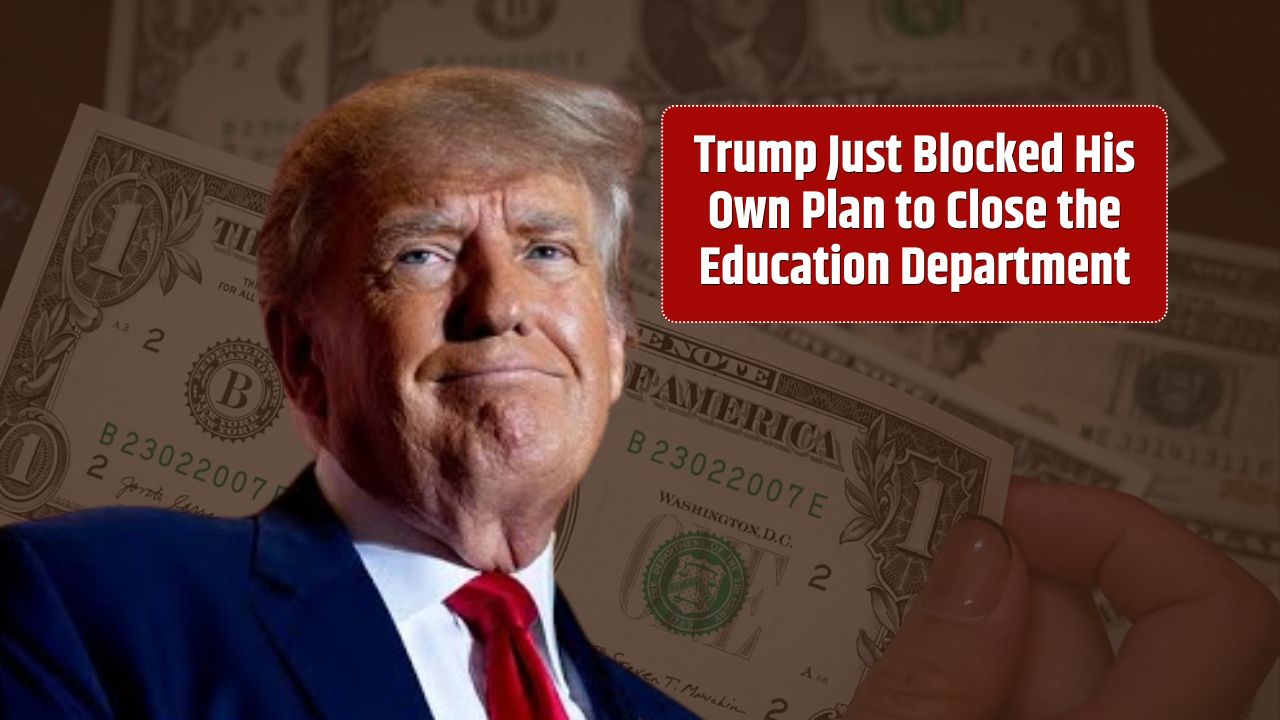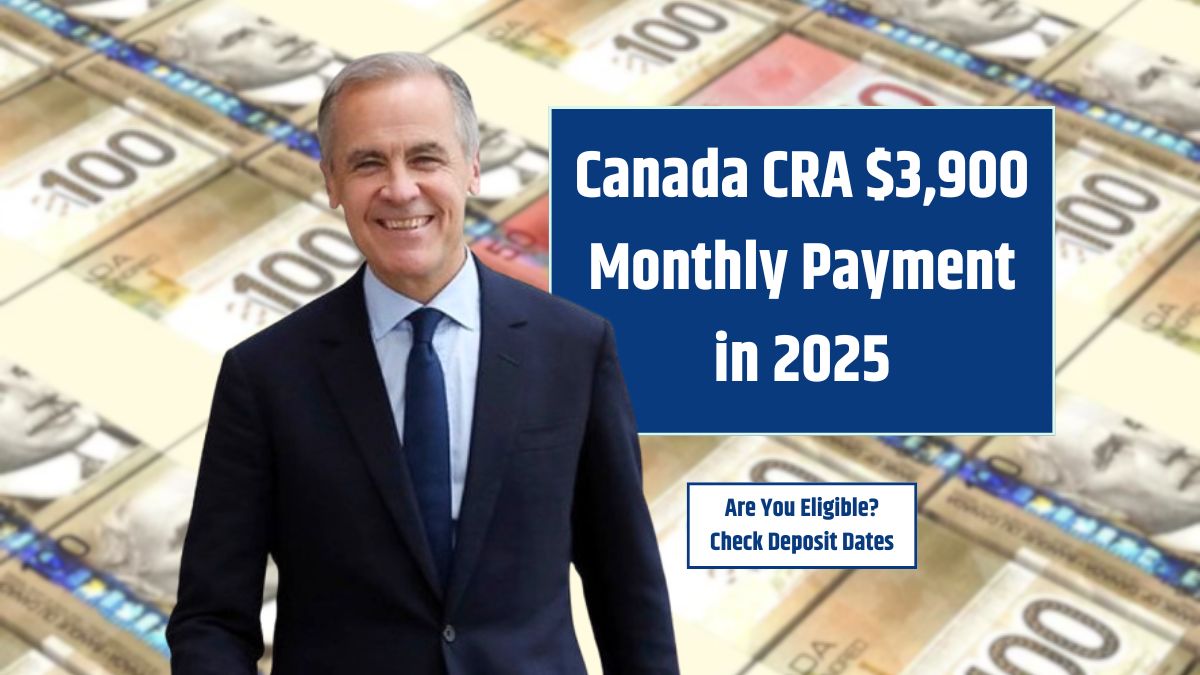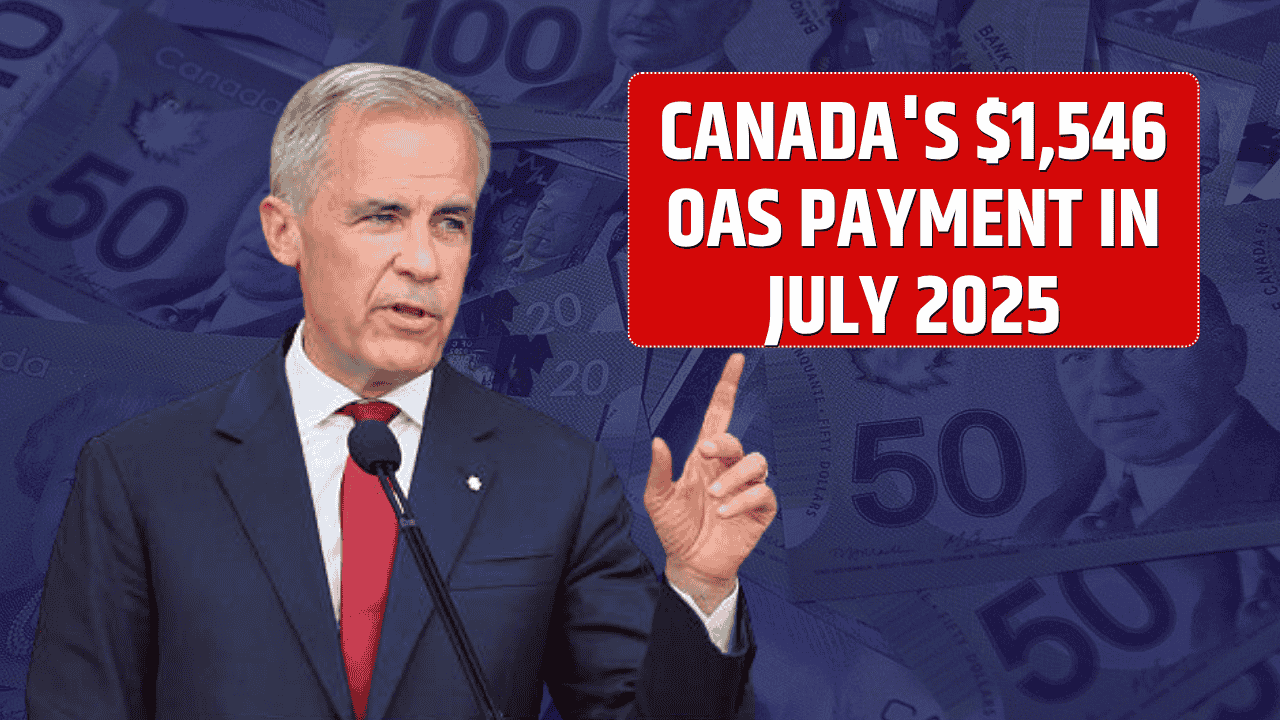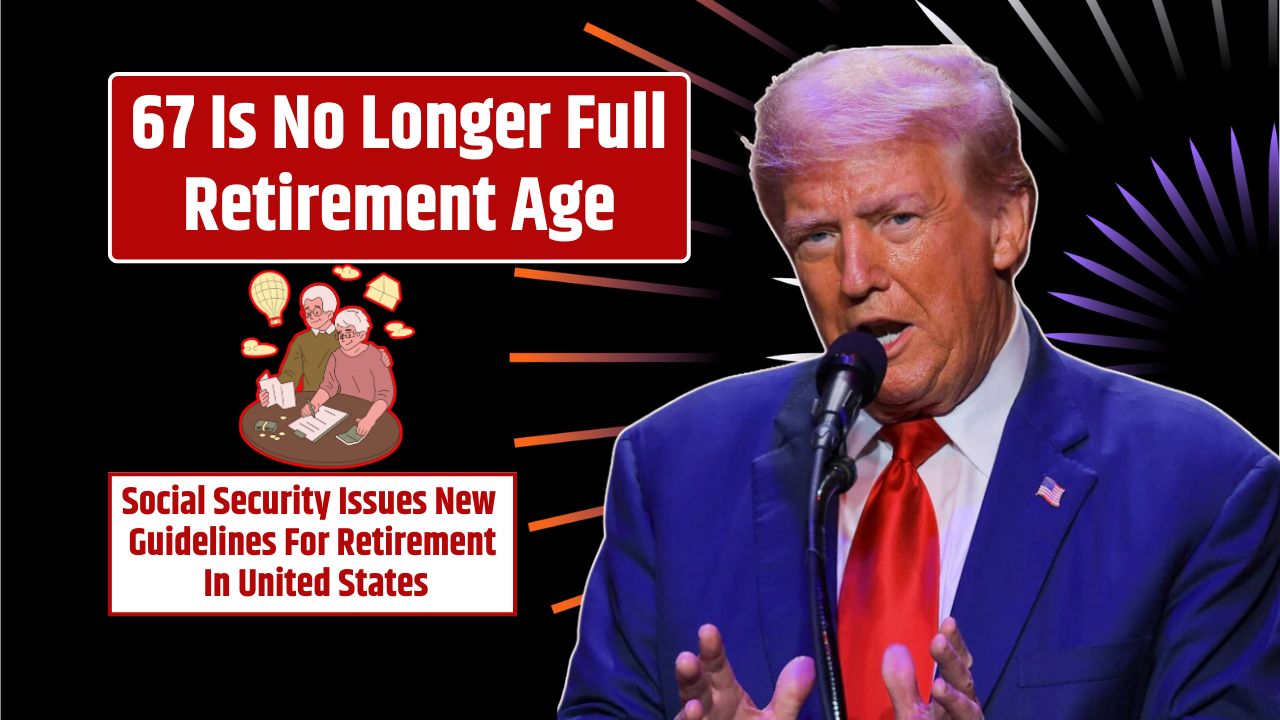As the U.S. gears up for a sweeping overhaul of federal higher education policy, all eyes are on the Department of Education—and whether it’s equipped to handle the challenge. Signed into law by President Trump, the One Big, Beautiful Bill Act (OBBB) aims to simplify student loan repayment, expand Pell Grant eligibility, and hold colleges accountable for the outcomes they deliver.
But while the law is ambitious, the ability to effectively implement it is in serious question. Layoffs, staffing shortages, and strained communications are already hampering the Education Department’s ability to support students and schools—and with new programs set to launch as early as 2026, time is short.
Let’s unpack what the OBBB Act includes, what’s at stake, and why experts are sounding the alarm.
Table of Contents
What’s in the One Big, Beautiful Bill Act?
1. A New Federal Student Loan Repayment System
Starting July 1, 2026, all new federal student loan borrowers will choose from just two repayment plans:
- A standard repayment plan with fixed payments
- An income-driven repayment (IDR) plan based on borrowers’ income
Borrowers currently enrolled in repayment plans—especially the 8 million in Biden’s SAVE plan—will face a transition. They’ll be moved into new plans by 2028, and older options will be phased out.
2. Pell Grants for Short-Term Job Training
The law creates a new type of Pell Grant for students pursuing short-term programs (8 to 15 weeks) in skilled trades such as:
- Welding
- Cosmetology
- Automotive repair
The Education Department must begin vetting programs and schools by July 2026, ensuring quality and eligibility before funding kicks in.
3. Accountability for Colleges
The law introduces a new “return on investment” test for higher education programs. Programs that fail to help students secure decent earnings post-graduation may lose access to federal student loans.
This so-called “do no harm” rule requires the department to collect and analyze massive amounts of data from:
- Colleges
- The IRS
- Bureau of Labor Statistics
- State agencies
Implementation: Big Promise, Bigger Challenge
Education Secretary Linda McMahon is tasked with leading the charge, but there’s a catch: her department is severely understaffed. Earlier this year, Trump cut the department’s workforce in half, and more than 1,000 laid-off workers remain sidelined as their firings face legal review.
Beth Akers, a senior fellow at the American Enterprise Institute, warned:
“The speed of the cuts will have left us with a department that is unable to effectively implement this legislation.”
Former department employees echo the concern, noting that the government may now lean too heavily on outside contractors—the same approach blamed for past failures.
What We Learned from the FAFSA Fiasco
The last major reform—the 2020 FAFSA simplification law—offers a cautionary tale. Poor implementation left millions of students confused, colleges in the dark, and financial aid offices overwhelmed. Only after the Biden administration deployed a special task force did things stabilize.
Now, college financial aid administrators fear history will repeat itself.
“We reiterate our concerns that the Trump administration has not shared the details of a plan to redistribute the Department’s work in a way that does not cause significant disruption,” said Melanie Storey, president of the National Association of Student Financial Aid Administrators.
Timeline: Key Dates for the One Big, Beautiful Bill Act
| Date | Milestone |
|---|---|
| July 1, 2026 | New student loan plans replace all existing ones for new borrowers |
| July 1, 2026 | Pell Grants available for 8–15 week job training programs |
| By 2028 | 8 million borrowers in Biden’s SAVE plan must be reassigned |
| Ongoing (2024–2027) | College accountability framework data gathering and analysis |
What This Means for Students and Schools
For Students:
- New loan borrowers will have simpler—but more limited—repayment options.
- Students in short-term job training programs could now receive Pell Grants, opening doors to faster, lower-cost pathways to the workforce.
- Some students may lose access to federal loans if their college programs don’t pass the ROI test.
For Colleges:
- Schools must prepare for accountability audits based on earnings data.
- Many may need to overhaul short-term offerings to qualify for Pell funding.
- Communication with the Education Department may remain slow due to staffing cuts.
Can the Education Department Deliver?
The Department says it’s ready. Officials have already released early guidance and promised more details soon.
“We will continue to deliver meaningful and on-time results while implementing the President’s OBBB,” said Ellen Keast, a deputy press secretary.
Still, with historic workforce reductions, a rocky recent track record, and the complexity of the new law, skepticism remains high.
FAQs
When will the new loan repayment plans take effect?
July 1, 2026, for new borrowers. Existing borrowers will be affected by 2028.
Can I still keep my current student loan repayment plan?
If you already have federal student loans, some current plans will remain—except for those in Biden’s SAVE plan, who must switch by 2028.
What kind of short-term programs qualify for the new Pell Grant?
Programs between 8 and 15 weeks in high-demand trades like welding or cosmetology, pending Education Department approval.


























